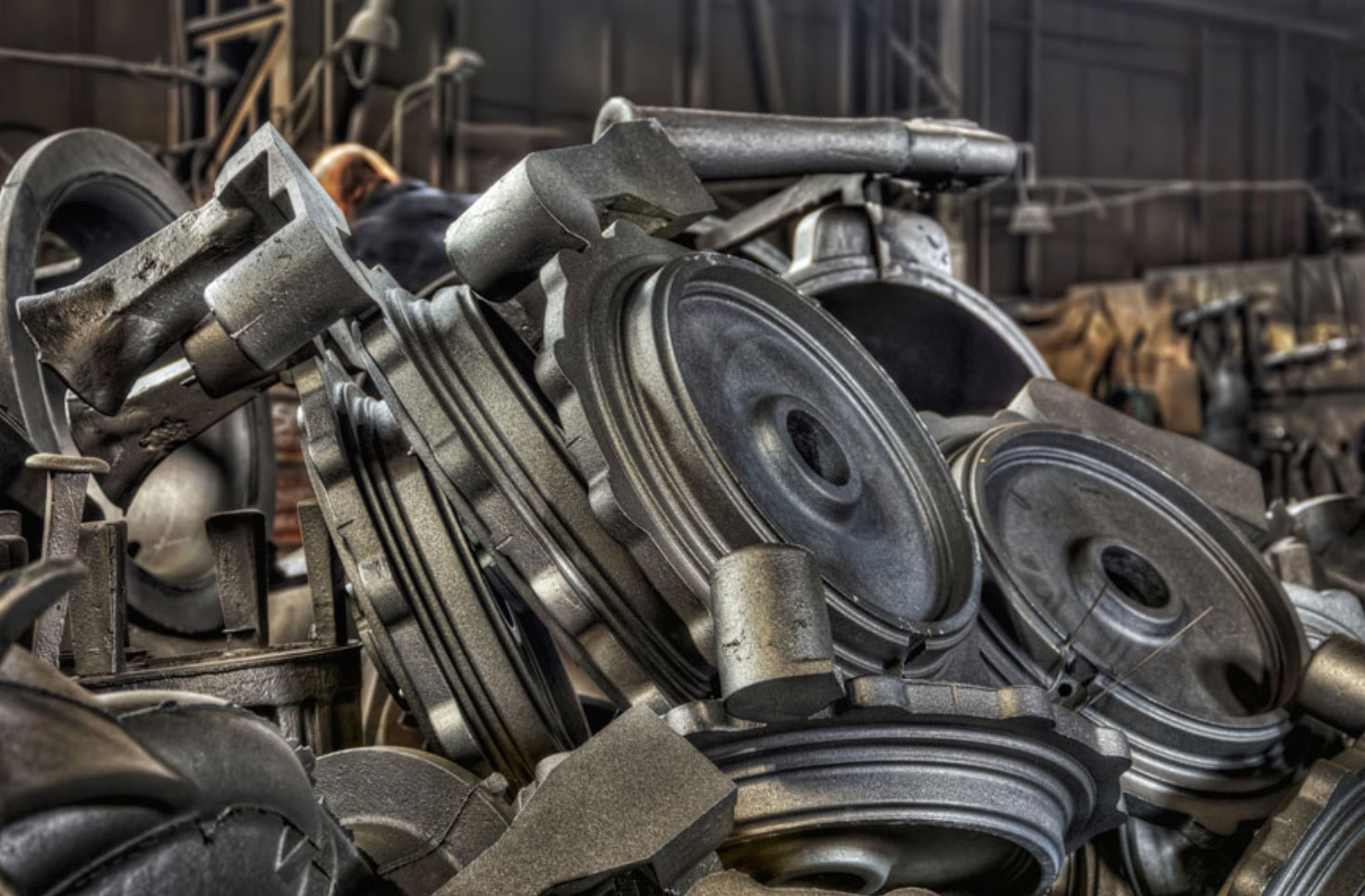
In recent years, there have been several innovations in the ductile iron casting process. These improvements aim to enhance the quality, efficiency, and environmental sustainability of the casting process. Here’s an exploration of the latest advancements:
1. Computer Simulation and Modeling
- Advanced Software: Use of sophisticated simulation software to predict mold filling, solidification, and cooling.
- Process Optimization: These simulations help in optimizing gating systems, reducing casting defects, and improving yield.
2. Material Science Developments
- New Alloying Elements: Experimentation with different alloy compositions to achieve improved mechanical properties and corrosion resistance.
- Refined Inoculants: Development of more effective inoculants to achieve consistent microstructure and improved properties.
3. Enhanced Melting Technologies
- Energy-efficient Furnaces: Adoption of more energy-efficient melting technologies, like medium frequency induction furnaces, which reduce energy consumption and carbon footprint.
- Automated Charging Systems: Automated systems for adding raw materials to furnaces, improving consistency and safety.
4. Mold and Core Making Improvements
- 3D Printing of Molds and Cores: Utilizing 3D printing technology for creating complex molds and cores, allowing for more intricate and precise castings with reduced waste.
- Binder Technologies: Development of new, environmentally friendly binders for sand molds, reducing hazardous emissions during casting.
5. Advanced Pouring Techniques
- Automated Pouring: Automation of the pouring process for improved precision and consistency.
- Controlled Solidification: Techniques to control the cooling rate and solidification process, leading to finer microstructures and better mechanical properties.
6. Heat Treatment Innovations
- Tailored Heat Treatments: Advanced heat treatment processes, including differential heat treating, to develop specific properties in different regions of the casting.
- Rapid Cooling Techniques: Use of rapid cooling post-heat treatment to enhance strength and wear resistance.
7. Quality Control and Testing
- Non-destructive Testing (NDT): Advances in NDT methods, such as digital radiography and ultrasonic testing, for better defect detection and quality assurance.
- Real-time Monitoring: Implementation of sensors and monitoring technologies for real-time quality control during casting.
8. Environmental and Safety Enhancements
- Recycling and Reuse: Improved methods for recycling waste products and reducing material waste.
- Reduced Emissions: Implementation of technologies and practices to lower harmful emissions from foundries.
9. Additive Manufacturing Integration
- Hybrid Techniques: Combining traditional casting with additive manufacturing to produce parts with complex geometries and reduced weight.
10. Workforce Training and Automation
- Skilled Workforce: Emphasis on training skilled workers in advanced casting techniques.
- Robotic Automation: Increased use of robotics for tasks like mold handling, cleaning, and finishing, improving efficiency and worker safety.
These innovations are not only enhancing the capabilities and applications of ductile iron castings but are also addressing environmental and economic challenges in the foundry industry. The integration of technology in this field promises continuous improvement and adaptation to meet the evolving demands of various industries.
